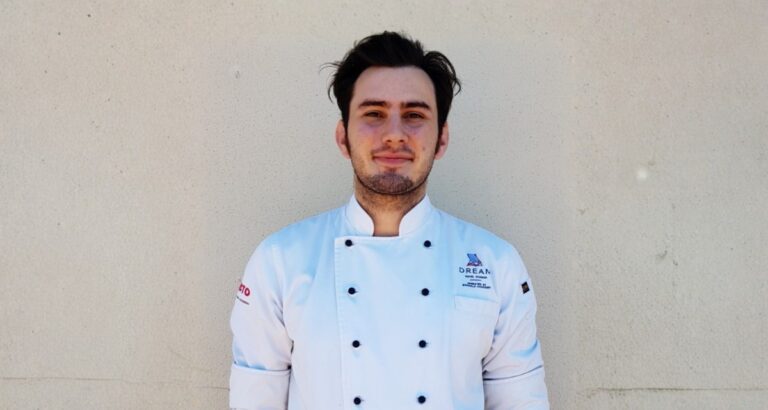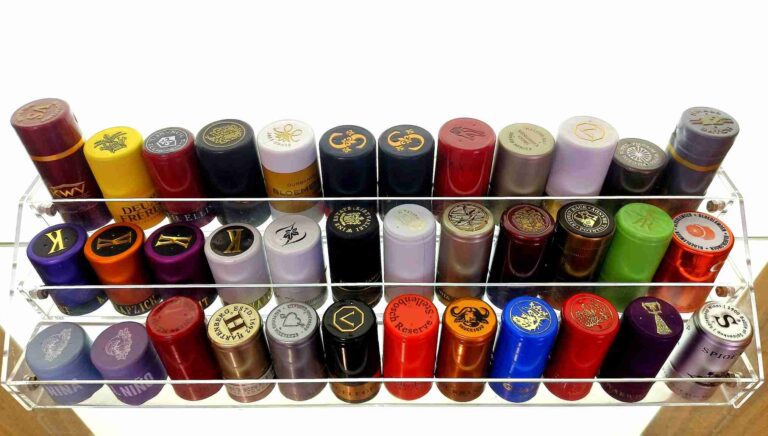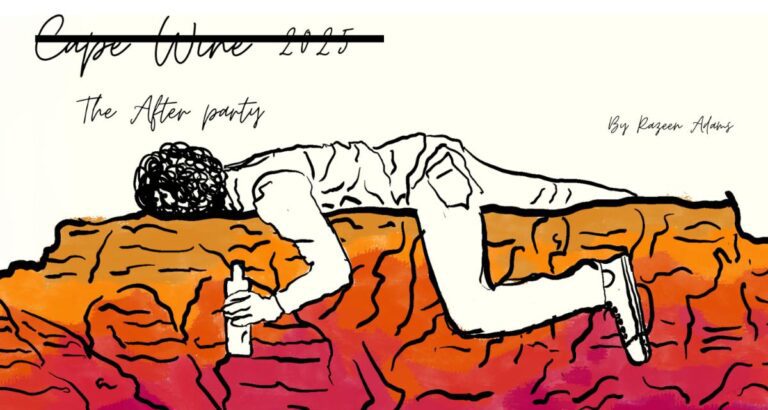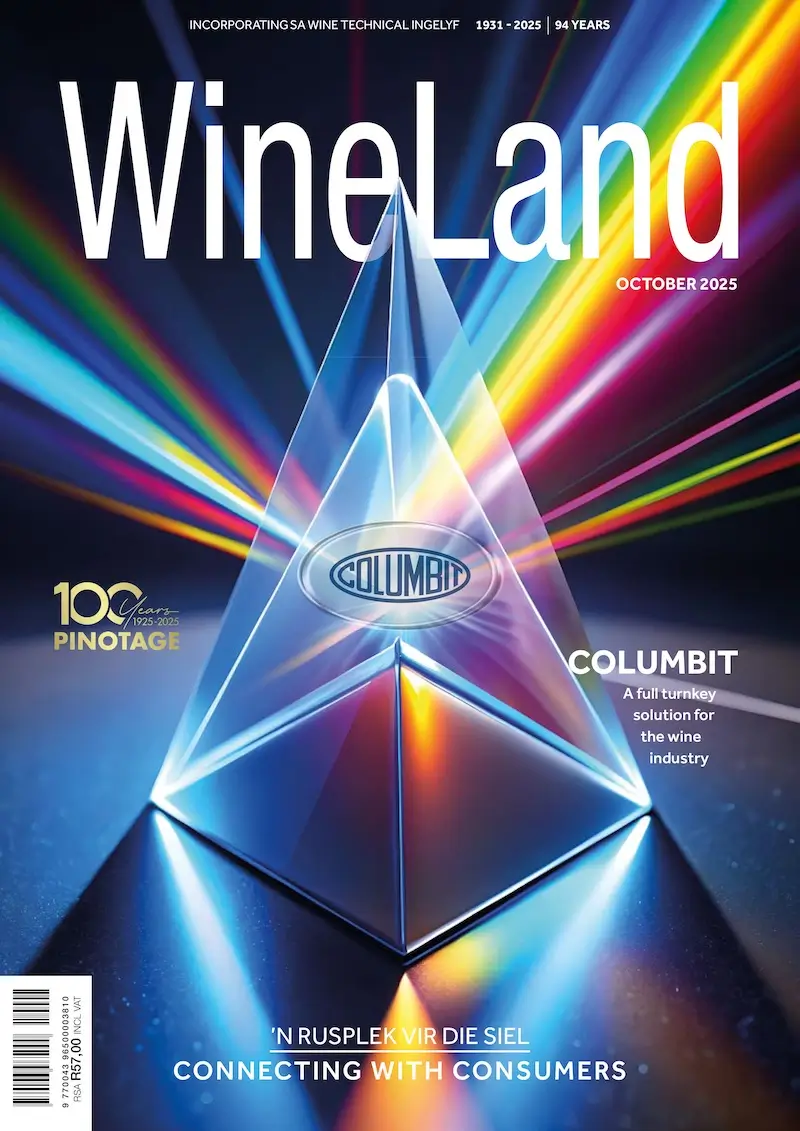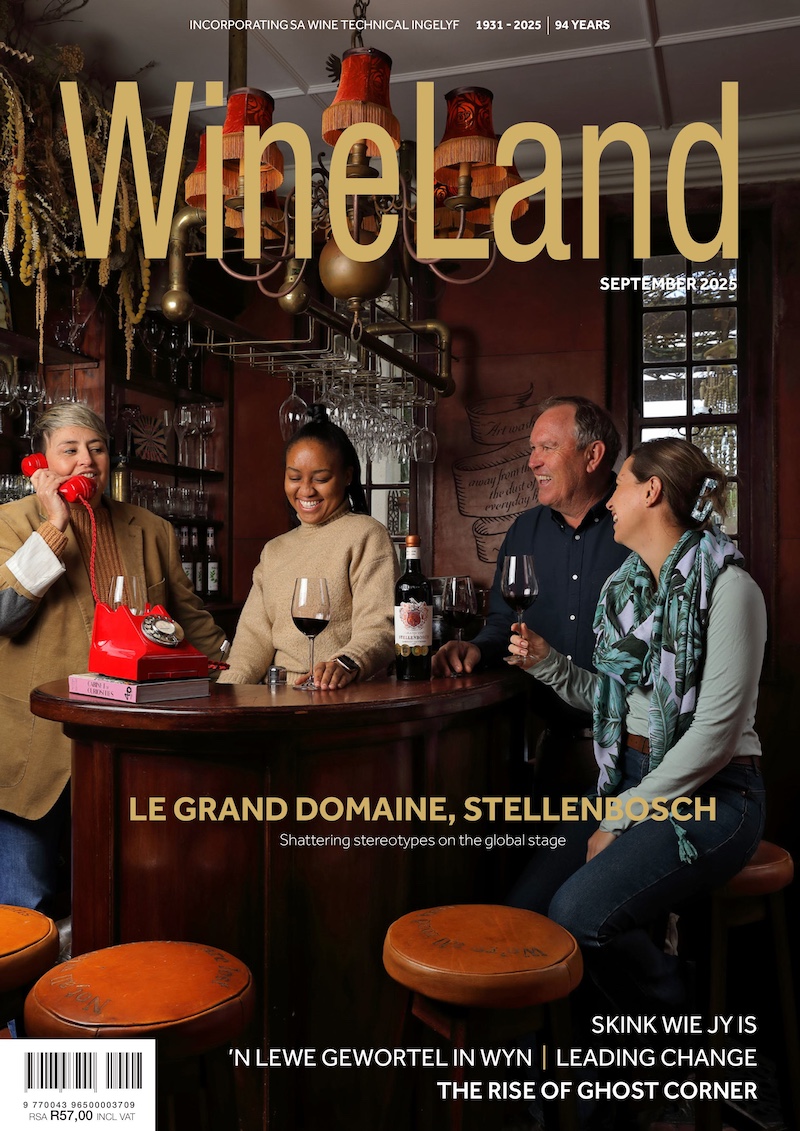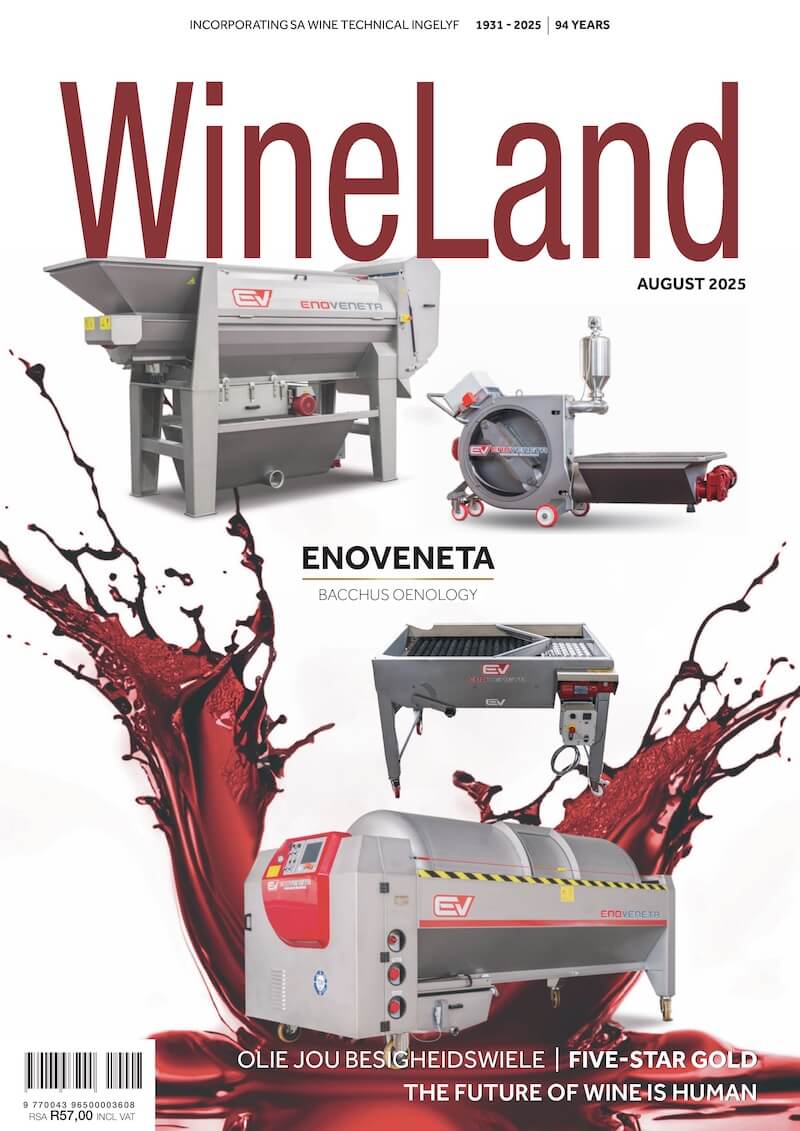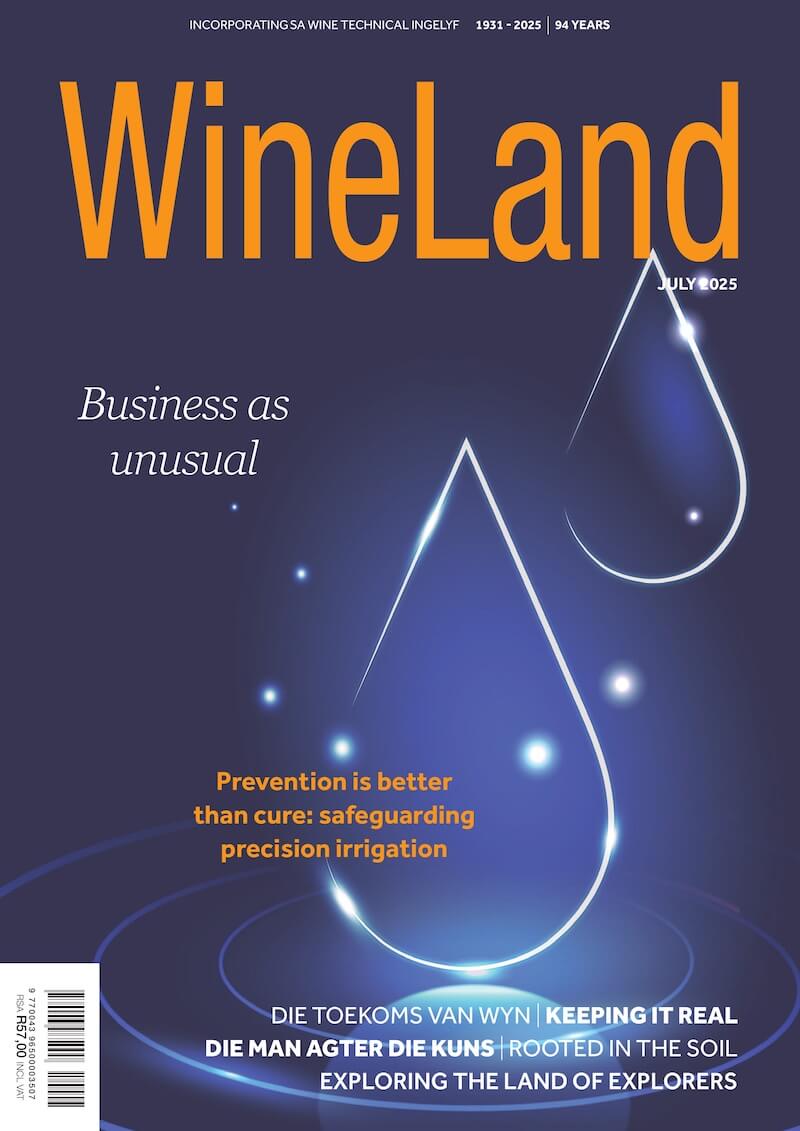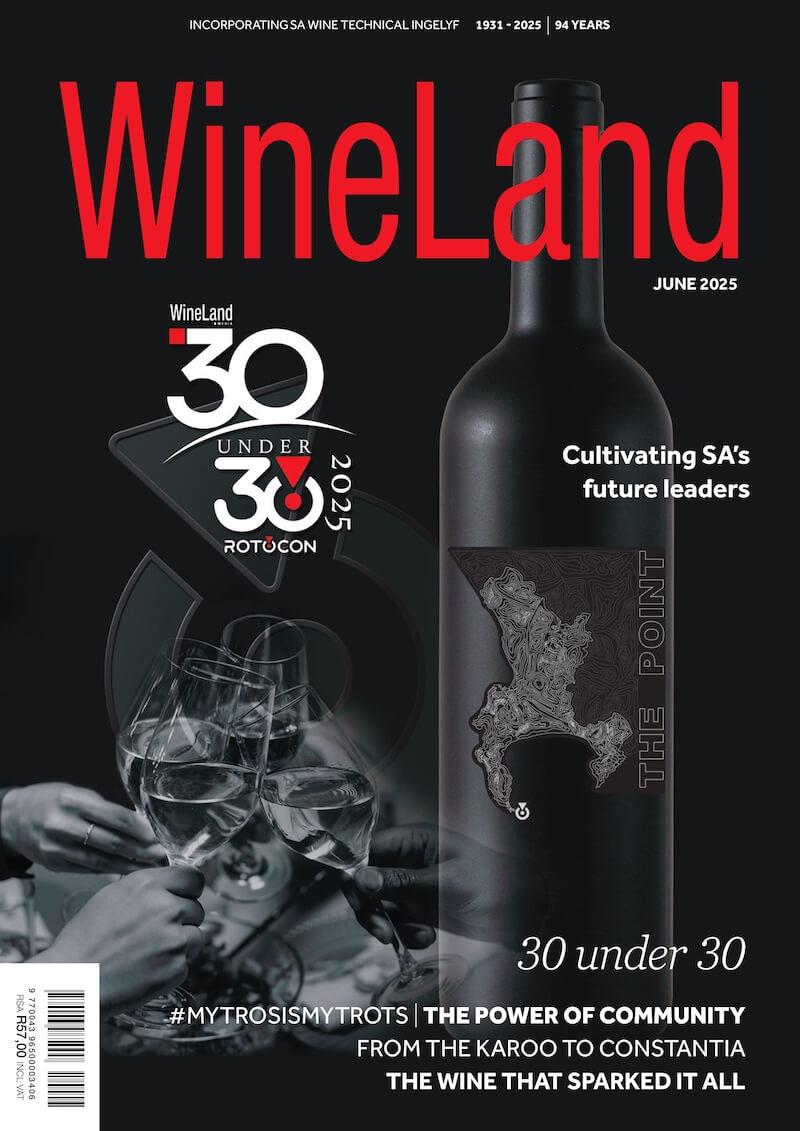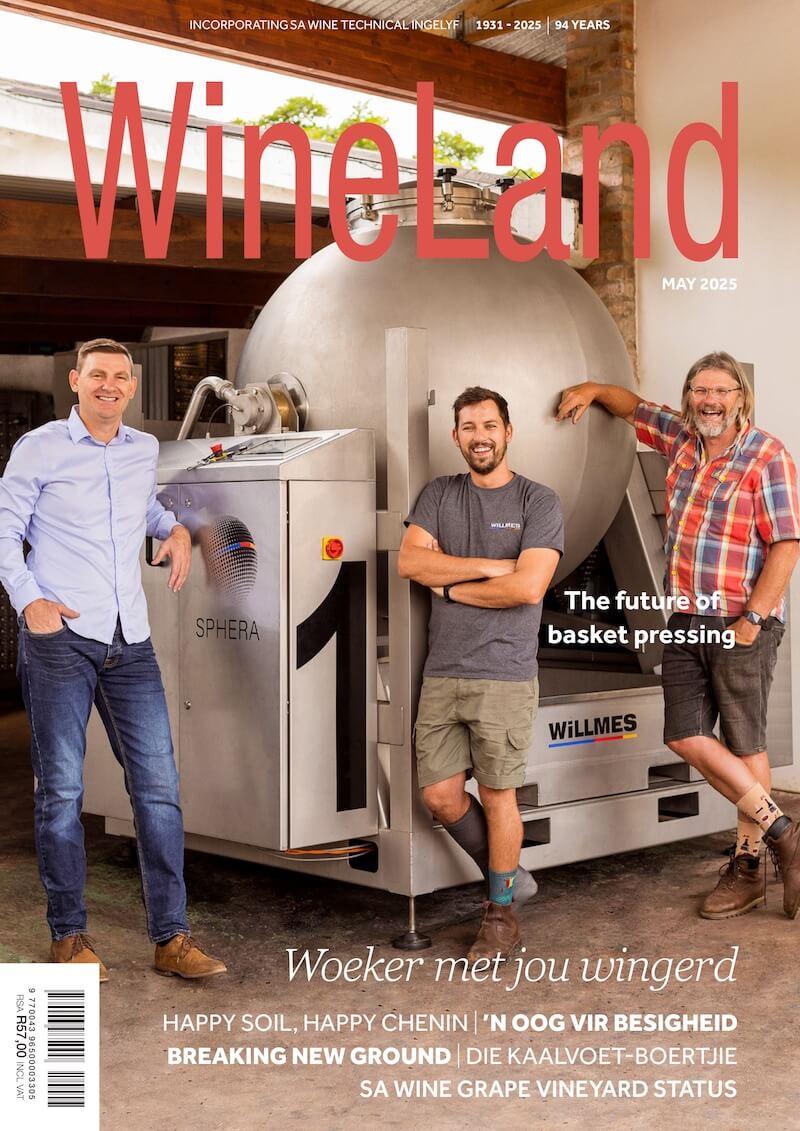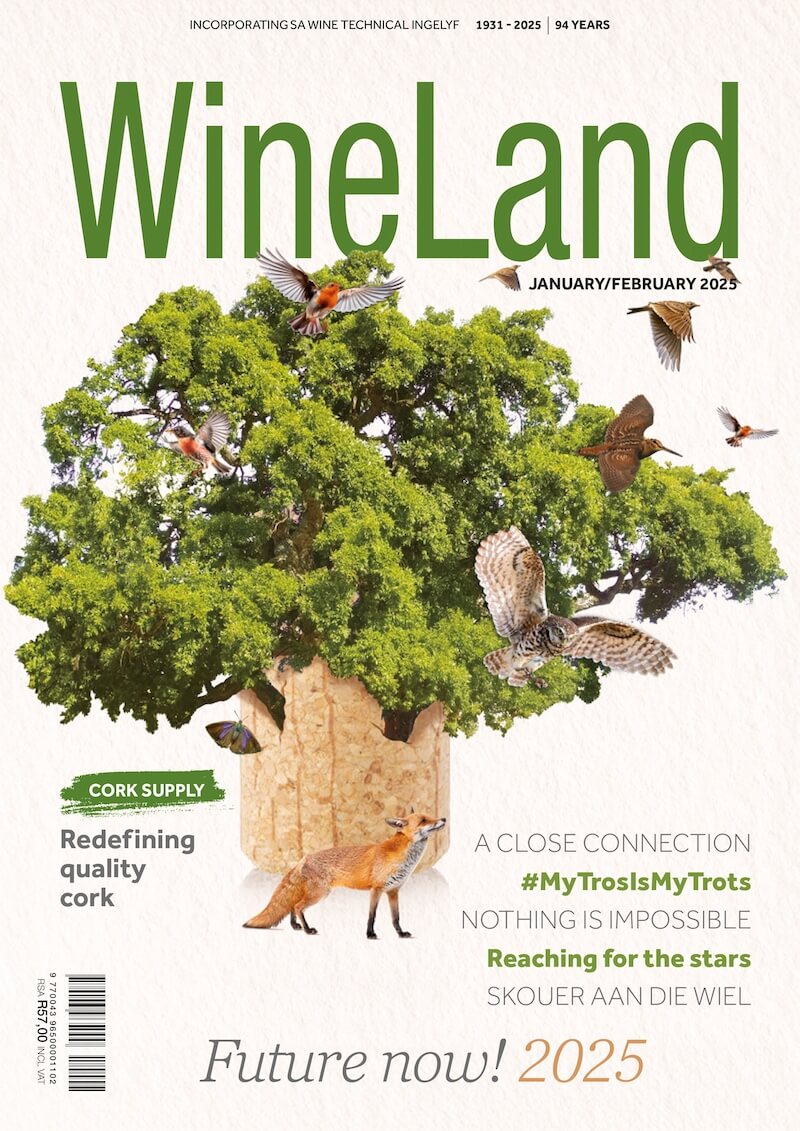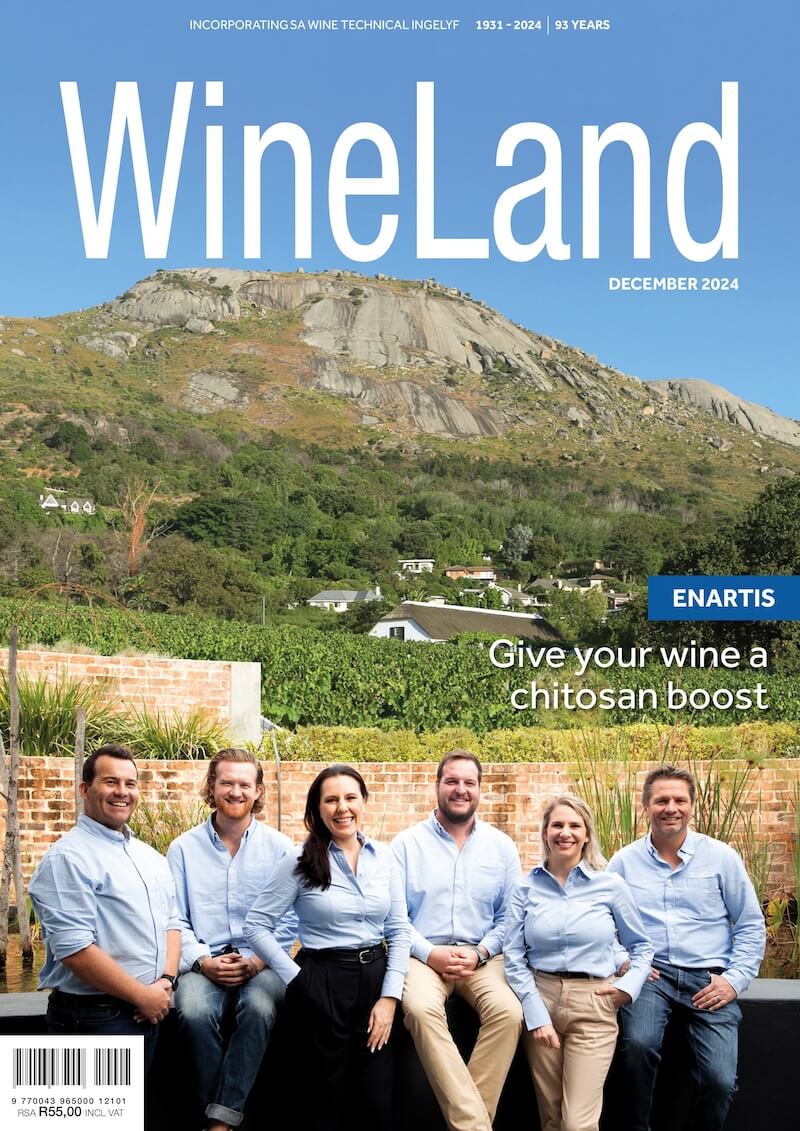We’ve all had to cut our way through a wine capsule at some point. While it’s easy to overlook the simple sleeve that covers the cork and the neck of a bottle, we are often oblivious to the dedication and the vats of creative energy that was poured into each capsule’s design.
Modern wine capsules
Wine capsules have undergone a profound transformation over the years, evolving from a basic protective device to a powerful strategic tool that forms part of each estate’s brand identity.
The primary function of wine capsules was to serve as a practical barrier, preventing insects and rodents from damaging the cork during long-term storage. It also served as a tamper-evident seal that provided some guarantee that the wine was unadulterated. For centuries, lead was the preferred material for capsules, valued for its elegance and pliability.
However, in the late 20th century, growing public and regulatory concerns over the health risks of lead residue contaminating the wine and the concern over the environmental burden of disposing of lead capsules in landfills, led to a definitive ban by the United States and the European Union in the mid-1990s.
This shift forced the industry to innovate, leading to an era where the capsule’s purpose is largely aesthetic and symbolic rather than strictly functional. As modern bottling technology and cork quality reduced the need for the capsule’s protective role, its presence (or even its absence) now communicates a strategic message about the wine itself.
The modern capsule has become a specific balance of cost, aesthetics, and brand identity. Tin capsules remain the obvious choice for high-end wines, but their use has become less common for many producers due to a dramatic rise in the price of tin. Consequently, wineries have adopted polylaminate (made from an aluminium and polyethylene compound) and aluminium capsules, which provide a similar feel at a significantly reduced price. With the added benefit of being easily recyclable, aluminium capsules are a popular choice for eco-conscious brands. There is, of course, the obvious risk of cuts to the fingers when using aluminium. PVC capsules, on the other hand, is the most common and affordable material, though its production and disposal still raise environmental concerns.
A compelling alternative for winemakers is the synthetic wax capsule, which provides a premium, “hand-worked” aesthetic without the brittleness of traditional sealing wax. Made from paraffin and natural dyes, this modern wax has a satin and supple finish that can easily be opened with a knife. Wax can be applied through traditional hand-dipping or wineries can buy or rent specialized wax dipping machines to streamline the process. Wax is not only a great option for a wine’s preservation because it limits unwanted oxygen exposure, but it also offers a brand-specific decorative element.
The importance of design
No one can dispute the importance of aesthetics in marketing. Much like a label, the capsule’s colour, typography, and design act as a visual cue, communicating a brand’s story or identity and sets consumer perception or expectation. This is particularly evident in France, where capsules, known as a Capsule Représentative des Droits (CRD), is a government-mandated seal that proves alcohol tax has been paid. France’s CRD system provides a wealth of verifiable information that complements the marketing message on the label, not just a means to prettify the bottle. A buyer can use it to decode the colour and central letter on the capsule to gain insight into the wine’s provenance. For example, the letter ‘R’ indicates that the bottler is a Récoltant, or a full producer who managed the entire production chain, while ‘N’ or ‘E’ signal that the wine was purchased from a non-producer.
In South Africa’s competitive wine market, the capsule is no longer an afterthought but an essential part of the design. Modern capsule providers, like African Cellar Suppliers (ACS), have evolved from simple suppliers into strategic partners who go the extra mile to ensure that the closure and capsule perfectly complement the wine’s character and the estate’s marketing vision.
“Designing the perfect capsule starts with a vision,” explains Patricia Fouche, a product development specialist at ACS. “Especially for wine and Cap Classique capsules, this vision could start out as rough sketches, colour options, or even fully formed ideas. From there, passion takes over and the project quickly morphs into key elements like colour accuracy, sizing, material compatibility, economic realities, logistics, and production timelines. We are sensitive about meeting deadlines because it is challenging for estates to push back labelling or to delay filling and capping, especially for launches or seasonal releases.”
Adopting a consultative approach, the ACS team engages with each estate, not simply to provide customized solutions, specific colour combinations, or embossing that speaks to each winery’s values and their brand identity, but also to build long-lasting relationships.
“The trusted relationships we’ve built with our global suppliers make a huge difference in how we handle challenges. When there’s a rejected batch, an urgent delivery, or a creative idea that needs to be translated into something tangible, having that open line of communication between supplier and client is essential.”
ACS’s journey from a specialized cork company in 1983 to a comprehensive supplier of everything from corks to bottles and screw caps underscores the local market’s changing demands. Their evolution from startup to one of the biggest capsule producers in SA reflects the strength of adaptation and innovation within the local wine industry, where stakeholders require foresight in anticipating what the industry will need in the years to come.
The resulting capsule on each wine bottle is a deliberate one. From the premium feel of tin to the traditional wax seal, modern wine capsules is an integral part of telling each bottle’s story.
“We collaborate with winemakers, designers, and brand teams to translate ideas into high-quality capsules,” says Fouche. “We live in that space where creativity and technical precision meet. Every wine bottle tells a story and part of my job is helping that story come to life.”
Explore more of James Fouché’s work on his website and follow him on Instagram, Facebook, X, LinkedIn and YouTube.

